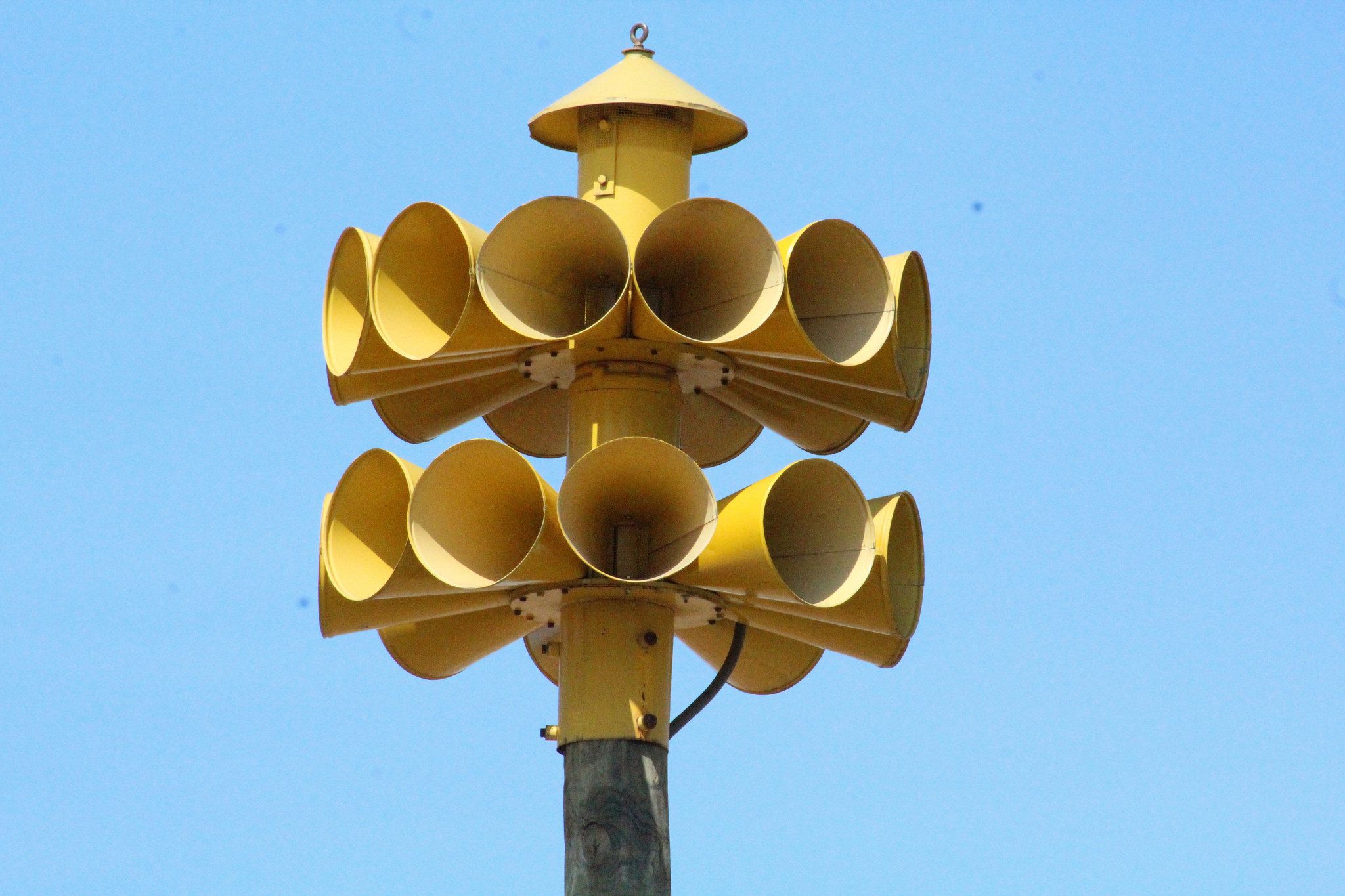How Do Tornado Sirens Work?
Have you ever wondered how tornado sirens work? These loud and attention-grabbing devices play a crucial role in alerting communities to the presence of a tornado and giving people valuable time to seek shelter. In this article, we’ll delve into the inner workings of tornado sirens and explore the technology behind them.
**Tornado Siren Basics**
Tornado sirens, also known as outdoor warning sirens, are designed to warn people who are outdoors about the imminent danger of a tornado. These sirens are typically mounted on tall poles or towers and are strategically placed throughout communities in areas prone to tornadoes. When a tornado warning is issued by meteorologists, these sirens are activated to emit a loud wailing sound that can be heard over long distances.
**Siren Activation**
Tornado sirens are not continuously blaring; they are activated specifically when there is a tornado warning in effect. The activation process can vary, but it is often controlled by emergency management personnel or local authorities. These individuals are responsible for monitoring weather conditions and making the decision to activate the sirens. They use information from meteorological agencies and radar systems to determine if there is a threat of a tornado approaching the area.
**Siren Mechanism**
Tornado sirens consist of several key components that work together to produce the loud and piercing sound that alerts people to seek shelter. Let’s take a closer look at each of these components:
1. Rotating Horns: The most recognizable part of a tornado siren is the rotating horns. These horns produce sound waves at a specific frequency and intensity that can travel long distances without being easily obstructed. The rotating motion helps disperse the sound evenly in all directions, maximizing its reach.
2. Motor and Gearbox: The rotating horns are powered by an electric motor connected to a gearbox. The gearbox allows for controlled and consistent rotation of the horns, ensuring a steady and reliable sound output.
3. Electronics and Controls: Modern tornado sirens are equipped with sophisticated electronics and control systems. These systems allow for remote activation, monitoring, and diagnostics. They also provide the ability to schedule tests and perform maintenance on the sirens.
4. Power Supply: Tornado sirens require a reliable power source to operate effectively. They are typically connected to the local electrical grid but may also have a backup power supply, such as batteries or generators, to ensure functionality during power outages.
**Sound Propagation**
The loud sound produced by tornado sirens needs to travel effectively to reach as many people as possible. Several factors affect sound propagation, including weather conditions, topography, and the surrounding environment. Let’s explore these factors in more detail:
1. Weather Conditions: Sound travels differently in different weather conditions. Factors such as temperature, humidity, and wind speed can affect the speed and direction of sound waves. For example, high humidity can cause sound to propagate further, while strong winds can disperse the sound in unintended directions.
2. Topography: The physical features of the land can impact the range and effectiveness of tornado sirens. Mountains, hills, and valleys can obstruct or reflect sound, reducing its reach or causing it to bounce in unintended directions. Urban areas with tall buildings may also create acoustic shadows, limiting the sound’s reach.
3. Environmental Factors: The surrounding environment can also impact the sound propagation. Vegetation, buildings, and other structures can absorb or reflect sound waves, altering their path and intensity. This is why tornado sirens are strategically placed to account for these environmental factors and maximize their coverage.
**Maintenance and Testing**
Regular maintenance and testing are crucial to ensure the reliability of tornado sirens. These systems need to be properly maintained, inspected, and tested to ensure they are in working condition when an emergency arises. Maintenance tasks may include checking the electrical connections, inspecting the rotating horns and motor, and verifying the functionality of the control systems.
**Frequently Asked Questions**
**Q: How far can tornado sirens be heard?**
A: The audible range of tornado sirens can vary depending on various factors, including the siren’s power output, the surrounding environment, and weather conditions. In open areas, tornado sirens can be heard up to several miles away. However, factors such as buildings, hills, and other obstacles can reduce their effective range.
**Q: Do tornado sirens only warn of tornadoes?**
A: While tornado sirens are primarily designed to warn of tornadoes, they can be used to alert the public to other imminent dangers, such as severe thunderstorms, flash floods, or other emergencies. The sirens’ purpose is to grab attention and prompt individuals to seek additional information and take necessary precautions.
**Q: Can tornado sirens be triggered remotely?**
A: Yes, modern tornado sirens can be triggered remotely using electronic control systems. This allows emergency management personnel or local authorities to activate the sirens quickly and efficiently when a tornado warning is issued. Remote activation ensures a timely and coordinated response to potential threats.
**Final Thoughts**
Tornado sirens play a critical role in alerting communities to the presence of tornadoes and giving people the precious time they need to seek shelter. Understanding how these sirens work and the technology behind them helps us appreciate the impact they have on public safety. With their loud and attention-grabbing sound, tornado sirens ensure that even in the most unexpected situations, communities have a chance to protect themselves and ride out the storm safely.
